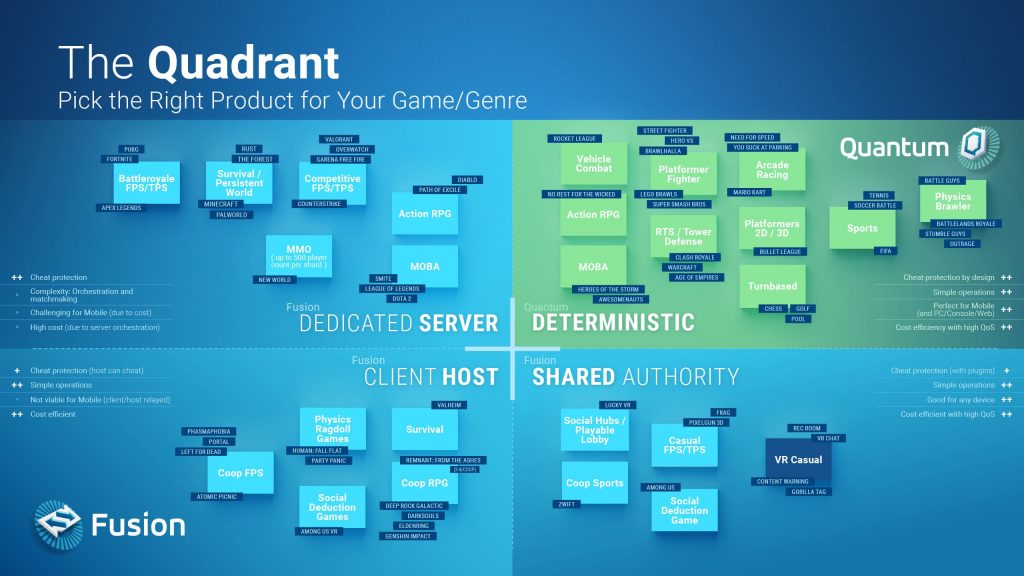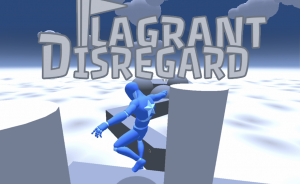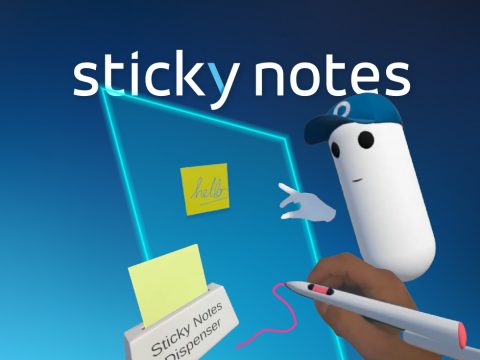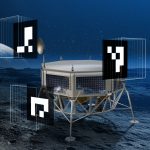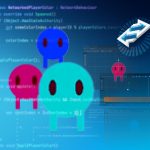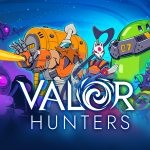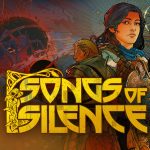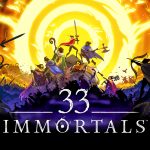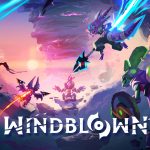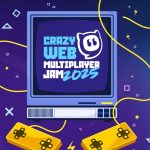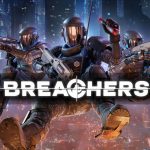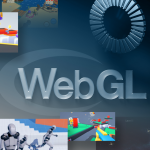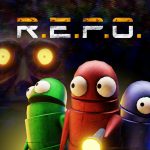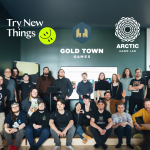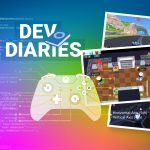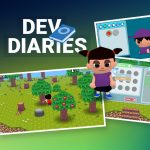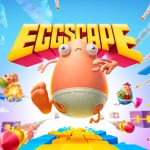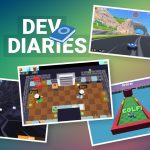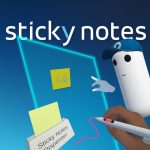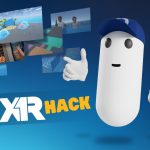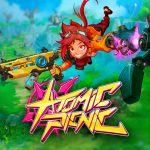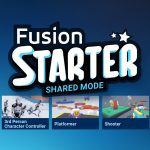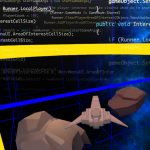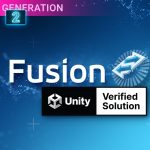Photon Multiplayer WebGL for Game Jams
WebGL multiplayer games are the ideal platform for reaching players worldwide without friction on any device. We recently released new Photon Multiplayer WebGL samples for Fusion and Quantum, making it easy for everyone to create high-performing multiplayer experiences for the browser. Photon is proud to have supported WebGL games for over a decade with native JavaScript SDKs for Realtime, Voice, and Chat. We believe a multiplayer WebGL game will soon rank among the world’s top 20 most visited websites, just like the biggest mobile, PC, and console games.
Why Build a Multiplayer Game with Photon in the Browser?
Browsers’ WebGL support is cross-platform and across devices, so you can reach a broad audience worldwide with the lowest friction and user acquisition costs. Photon supports cross-device consistency for players in the same room, across mobile browsers, PC browsers, consoles, VR devices, and native mobile apps. Cross-platform approaches typically achieve 40-60% faster time-to-market compared to parallel native development, and the browser isn’t a gated store where content is hard to find. Today’s browsers’ performance with webGPU and business advantages make the platform ripe for multiplayer innovations.
Multiplayer runs well on WebGL, and a developer using Photon Quantum won the recent Crazy Web Game Jam. Three other finalists also built their games with Photon’s multiplayer products. Developers are discovering that creating multiplayer WebGL builds and iterating on them is straightforward, which significantly enhances the quality and enjoyment of games submitted to game jams.
Choosing a Photon Multiplayer WebGL topology
For those new to Photon, selecting an appropriate multiplayer model is a critical technical decision for WebGL games. Photon’s Quadrant methodology helps developers choose a suitable architecture by evaluating factors such as gameplay genre, required precision, and responsiveness.
For WebGL, Photon Fusion’s Shared Authority is highly recommended due to its simplified setup, cloud-based state synchronization, and reduced CPU overhead, making it ideal for rapid prototyping and casual multiplayer scenarios. Photon Quantum‘s deterministic model is perfect for games demanding precise, predictable behavior and lower bandwidth, but it introduces a slightly steeper learning curve. Due to known limitations in authority delegation and relay requirements, we do not recommend using Fusion Host for projects that require strict authoritative control. Fusion Shared Authority and Quantum are the ideal topologies for WebGL. To make it simple, stick to the right side of the Quadrant for WebGL.
Fusion Shared Authority for WebGL (recommended)
If you want the easiest way to build multiplayer WebGL simulations, use Photon Fusion Shared Authority. Shared Authority utilizes cloud-based state synchronization to minimize latency and significantly reduce computational load, eliminating the need for complex dedicated server setups or host migration scenarios.
Developers who want to use Fusion Shared Authority can kick-start their project with our WebGL samples:
Play Flagrant Disregard WebGL Edition directly on Crazy Games! Built with Fusion Shared Authority, Flagrant Disregard is a multiplayer sample on Crazy Games, where players compete to navigate obstacle courses, collect flags, and return them to their start positions before time expires. We already included the CrazySDK’s essential features in the sample to provide a solid foundation for getting started. Download Flagrant Disregard from our docs.
Pirate Adventure is an Action RPG multiplayer sample for Fusion Shared Authority. Explore islands, fight a multi-stage boss, collect loot, and fight AIs with 8 players. Play Pirate Adventure now on itch.io.
Get started with Fusion Starter and WebGL. Photon Fusion Starter offers entry-level game samples for testing and learning multiplayer game development with Fusion Shared Authority. The three samples included are a Third Person Character, a Platformer, and a Shooter. Play Fusion Starter now on itch.io.
Quantum Deterministic for WebGL
Photon Quantum supports WebGL and comes with a complete set of stateless, deterministic libraries, including Math, 2D/3D Physics, Navigation, and more. We complement these libraries with a state-of-the-art Kinematic Character Controller, a comprehensive Bots SDK, numerous samples, clear documentation, and code. That said, Quantum generally brings a significantly higher CPU load on WebGL builds compared to Fusion Shared Authority. Quantum’s deterministic rollback simulation demands more CPU per frame, making it more taxing for WebGL environments. Unless deterministic simulation and rollback are absolutely required for your game’s core mechanics, such as high-precision esports on WebGL, Fusion Shared Authority remains the more performance-friendly choice for WebGL deployments.
Quantum Crazy Starter WebGL is pre-integrated with the CrazySDK, and it uses Unity Addressables to reduce build size for faster loading. This WebGL sample is a great first step for those new to Quantum. Play Quantum Crazy Starter Web GL now on Crazy Games.
Quantum Platform Shooter 2D is a fast, responsive multiplayer 2D platform WebGL-compatible shooter with predict and rollback, deterministic precision, a kinematic character controller, raycast-based projectiles, double jumps, grenades, and more.
For those using itch.io, we have nine Photon WebGL samples ready to play and enjoy. Each sample can be found on our samples page.
Download Ready-to-Use Multiplayer WebGL Samples
To find samples on the correct topology for WebGL, select Fusion Shared Authority or Quantum Deterministic on our samples page, where you can find over 80+ high-performant samples for your project.

For those who want to use Photon for native WebGL integration in JavaScript or use Construct 2, please refer to our SDKs page.
WebGL presents unique challenges that developers should be aware of when working with it. Hence, testing your application’s performance in WebGL builds, not just within the editor, is crucial to ensure optimal performance.
Finally, when developing multiplayer WebGL games for a game jam, aim for a design that accommodates 2-4 players, which will speed up testing and game iteration cycles. Regular multiplayer playtesting is critical for identifying synchronization and latency issues early in development. Consider integrating basic AI-controlled bots for testing multiplayer scenarios even when human testers are unavailable. You can use the same bots to populate live rooms afterwards, so players can test out the fun in your game without other players. Use Photon’s dedicated Discord community for technical support, troubleshooting, and best practices. Good luck with your game jam project! Reach out if you need any technical support.
Looking for a Jam?
Crazy Web Multiplayer Jam 2025 – Join Us!
|
Join the ultimate web game development marathon, where creativity meets business! This event fuels the growth of WebGL games by bringing developers together and innovating! Join our Jam Discord community to stay connected. |
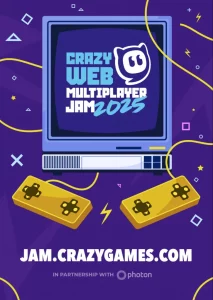 |
